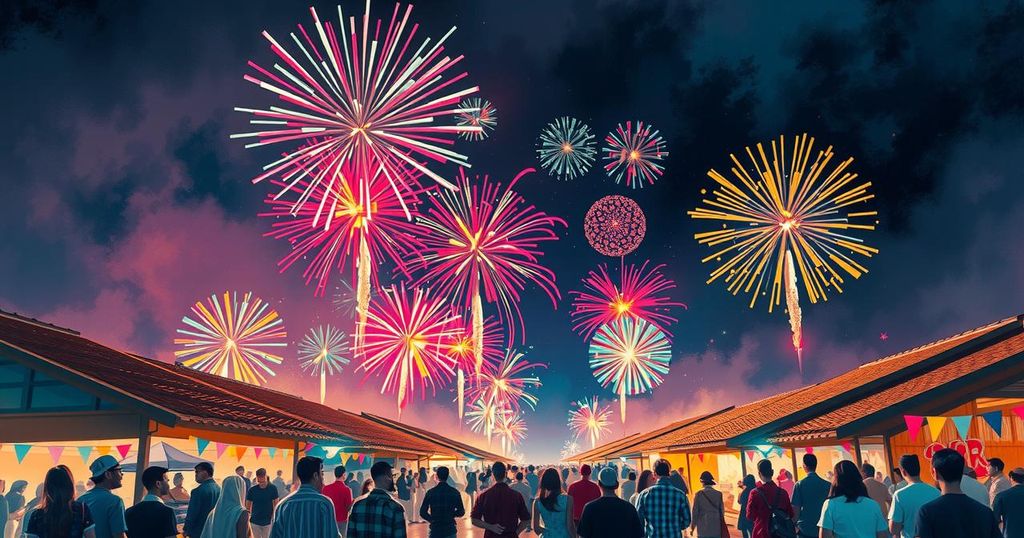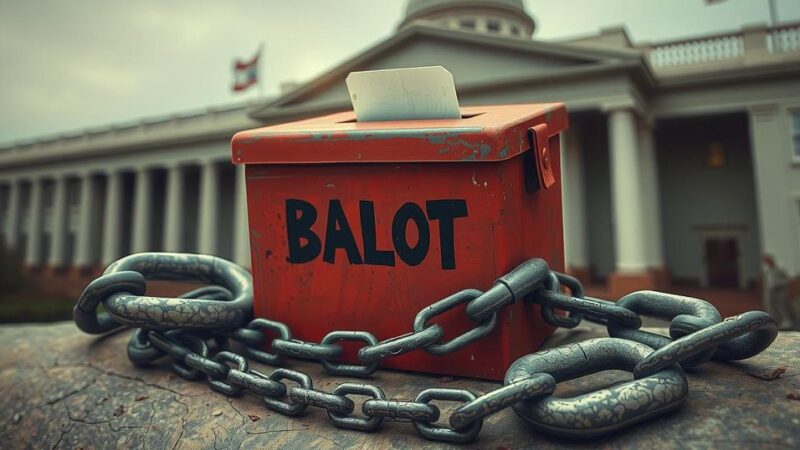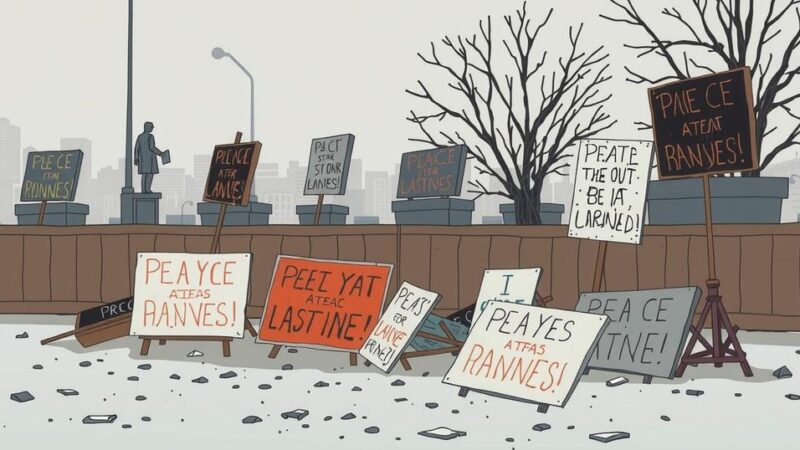During Iran’s Fire Festival, rebellious youth executed widespread protests against the regime, performing over 100 revolutionary acts across 29 cities. Despite heightened security measures, Iranians expressed defiance by targeting symbols of the ruling dictatorship, chanting slogans that opposed both the current leadership and past regimes. These actions highlight a growing demand for regime change, as citizens seek to reclaim their rights and freedoms, indicating an unwavering commitment to democratic ideals.
As Iran’s Fire Festival (Chaharshanbe Suri) approached, a notable increase in anti-regime activities emerged, led by the nation’s rebellious youth who are determined to confront the ruling dictatorship. In the days surrounding the festival, thousands of young Iranians orchestrated widespread protests in numerous cities, targeting symbols of the regime’s oppression and repression.
On March 17, these defiant youth executed a remarkable 20 operations across 15 cities, with a total of 100 revolutionary acts executed in 29 cities. They aimed their actions at the regime’s centers of suppression, echoing slogans such as “The only answer to the mullahs is fire, let the flames rise” and “Death to the oppressor, be it the Shah or the Supreme Leader.” Key actions included setting ablaze several IRGC Basij bases in cities like Tehran, Mashhad, and Kermanshah, along with burning government billboards that depicted Supreme Leader Ali Khamenei and the late regime founder Ruhollah Khomeini.
Additionally, on March 16, similar acts of defiance occurred, including another 20 operations targeting regime facilities in places such as Khalilshahr, Tehran, and Kermanshah, culminating in the burning of a statue of Qassem Soleimani in Shirvan. The Fire Festival, a time of celebration on the final Tuesday of the Persian calendar, has historically caused anxiety for the regime, which typically responds with intensified security measures and propaganda.
Nevertheless, despite these oppressive tactics, Iran’s populace turned out in large numbers to commemorate the festival while also protesting against the ruling regime. In Bandar Anzali, protesters chanted strong slogans targeted against Khamenei and the dictatorship. Visual displays of dissent included the burning of images depicting regime leaders in cities including Tehran, Qom, and Shiraz, signifying the resolve of citizens to express their discontent in spite of state repression.
In response to the rising tide of resistance, the Iranian authorities imposed heightened security measures and initiated a crackdown on dissent. State Security Forces expressed significant concern regarding public sentiment, as reported by Gholamreza Rezaeian, stating, “At one point, we were only setting fire to four pieces of wood, but now all that’s left is for RPGs and tanks to come in.”
The activities surrounding Chaharshanbe Suri reveal not just isolated acts of protest but an increasing collective demand for regime change in Iran. The commitment of the youth to fight against oppression and strive for democratic governance recasts the Fire Festival as a pivotal moment of defiance and hope for all Iranians yearning for freedom. As the country approaches the new year, the momentum of these protests indicates a continuing and robust call for democracy and justice among the Iranian populace.
In conclusion, the recent activities surrounding Iran’s Fire Festival illustrate a profound surge in anti-regime sentiment, particularly amongst the youth. Their collective actions reflect a broader aspiration for democratic governance and signify a powerful stand against oppression. The ongoing acts of defiance highlight a resurgent movement demanding change and shed light on the desperate measures taken by the regime to suppress dissent. As Iran moves into a new year, the quest for democracy and justice remains alive and amplified among its people.
Original Source: irannewsupdate.com






